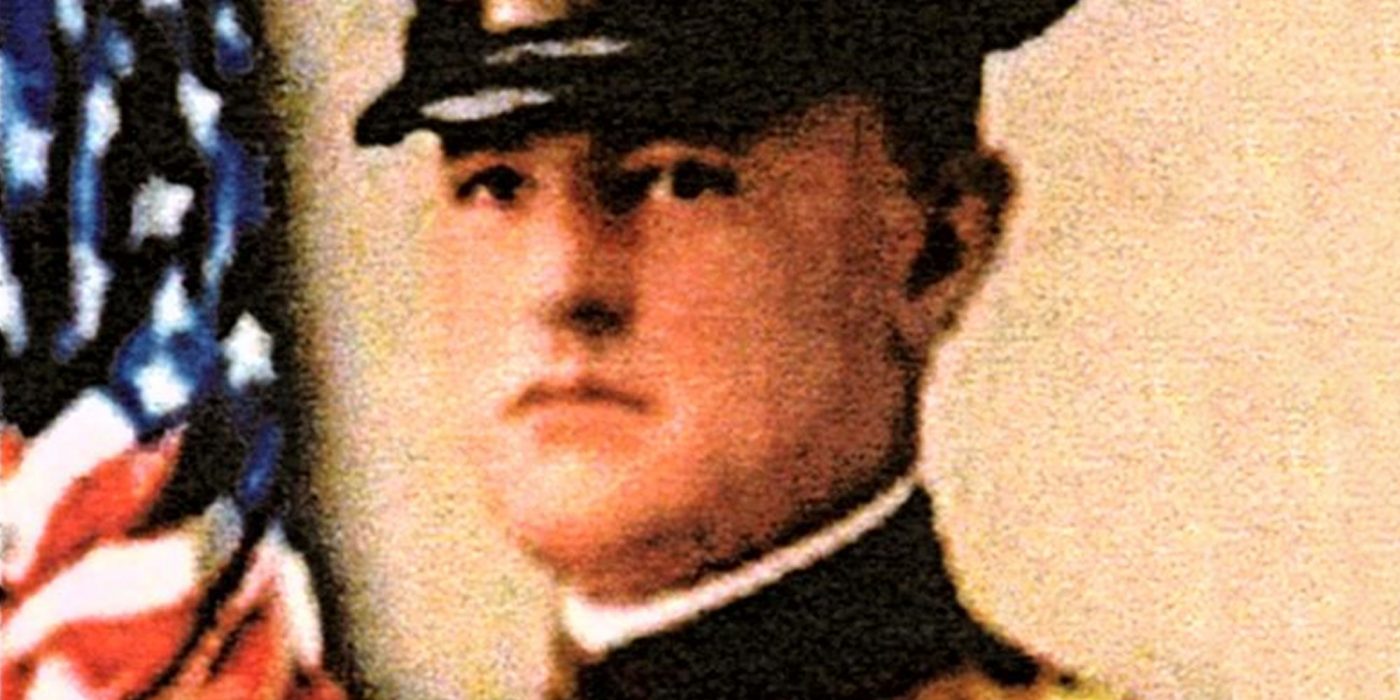
NELSON M. HOLDERMAN
“Awarded the Medal of Honor”
October 2018 marks 100-years since the World War I battle in the forest of Argonne, France. During the battle Captain Nelson Holderman accredited himself with extraordinary acts of bravery and sacrifice and was awarded the Medal of Honor for his exploits.
Battles of the Meuse-Argonne were a major part of the final Allied offensive of World War I that stretched along the entire Western Front. It was fought from September 26, 1918 until the Armistice of November 11, 1918. The Meuse-Argonne Offensive was the largest in United States military history, involving 1.2 million American soldiers. The battle cost 28,000 German lives, 26, 277 American lives and an unknown number of French lives.
The “Lost Battalion” is the name given to the nine companies of the United States 77th Division, approximately 554 men, isolated by German forces during the war after an American attack in the Argonne Forest. 197 men were killed in action and approximately 150 men missing or taken prisoner before the remaining 194 men were rescued. Captain Holderman commanded Company K, composed of 97 men of the 307th Regiment part of the 77th Division.
Most of the enlisted men of the 77th Division were recent immigrants or were poor working class from the streets of New York City fighting from a young age for food. These attributes acquired on the streets are seen by some historians as one of the reasons that this group survived in the Argonne.
Historian, Robert Wilde, wrote that “there will never be a definitive list of the casualties inflicted during World War I. The destructive nature of war, a conflict where soldiers could be wholly obliterated or instantly buried, destroyed both the records and the memories of those who knew the fates of their comrades.” His accounting estimates that over the course of the war, approximately 65 million soldiers were mobilized, 8.5 million were killed and 21 million were wounded.
In 1929, James Hopper, published a book entitled “Medals of Honor” in which he recounted the stories of eleven recipients of the Medal of Honor during World War I. One of the eleven, and the only commissioned officer was Captain Holderman.
The Medal of Honor was established on the twelfth of July 1862, in the following words: “Resolved by the Senate and the House of Representatives of the United States of America in Congress assembled, that the President of the United States be, and is hereby, authorized to cause two thousand medals of honor to be prepared with suitable emblematic devices, and to direct that the same be presented, in the name of Congress, to such non-commissioned officers and privates as shall most distinguish themselves by their gallantry in action, and other soldier-like qualities, during the present insurrection. And that the sum of ten thousand dollars be, and the same is hereby, appropriated, for the purpose of carrying this resolution into effect.”
Captain Holderman’s Medal of Honor citation reads:
Nelson M. Holderman, Captain 307th Infantry, 77th Division Norhteast of Binarville, in the forest of Argonne, France, October 2 to 8, 1918. Captain Holderman commanded a company of a battalion which was cut off and surrounded by the enemy. He was wounded on October 4, on October 5, and again on October 7, but throughout the entire period, suffering great pain and subjected to fire of every character, he continued personally to lead and encourage the officers and men under his command with unflinching courage and with distinguished success. On October 6, in a wounded condition, he rushed through enemy machine gun and shell fire and carried two wounded men to a place of safety.
Documents provided by Mr. Hopper reported that Captain Holderman’s physical examination in an Army hospital made mention of the following:
Severe wound, high explosive, involving tissue only, upper third left leg. Machine-gun wound, penetrating upper third left thigh. Severe shrapnel wound, two inches above right wrist. Wound from grenade extending from metacarpophalangeal articulation, first left, to a point on level with first carpal bones. Shell fragment producing lacerated wound over right instep. Shrapnel wound, corona of pelvic arch. Grenade wound involving bridge of nose, face and right thigh.
When James Hopper interviewed Nelson Holderman for his book on Medals of Honor, he was the new commandant of the Veterans Home of Yountville. Mr. Hopper reported: “I saw him there, a man still young-looking and alert, tremendously interested in his work, and beloved of all of the pensioners. But I could not get him to talk about himself. He insisted I should tell the story of the command as a whole.”
After the War he rejoined the National Guard and continued to serve for many years, eventually retiring as a Colonel. He and his wife Marguerite had four children. He served as the Commandant of the Veterans Home of Yountville from 1923 until his retirement in 1953. Though he was regarded as one of the highest decorated soldiers in World War I and a national hero, he never used his status for personal gain. He died September 3, 1953, at the age of 67, and is buried in Golden Gate National Cemetery, San Bruno, California

